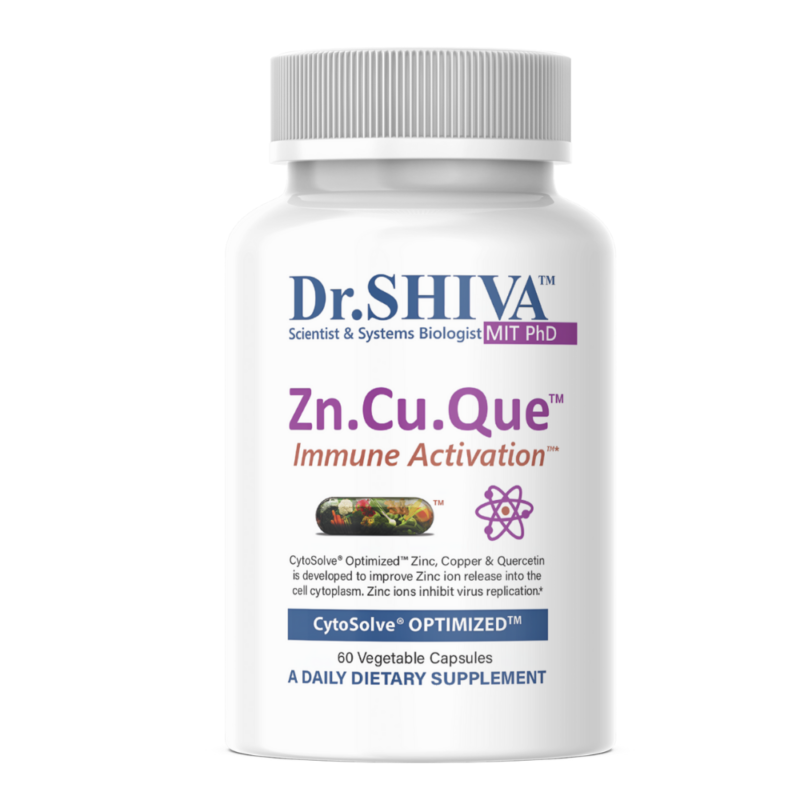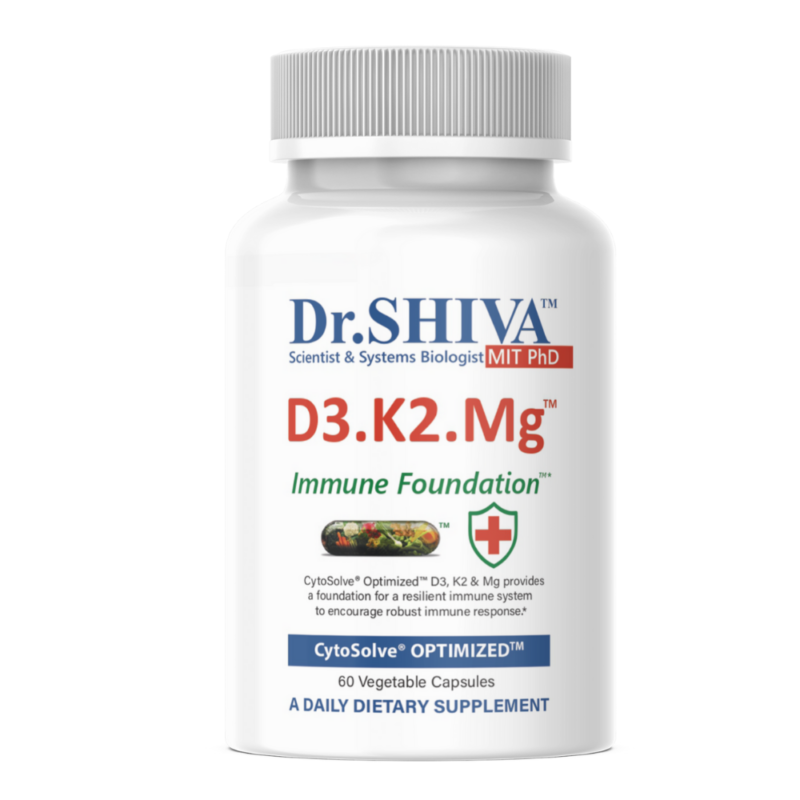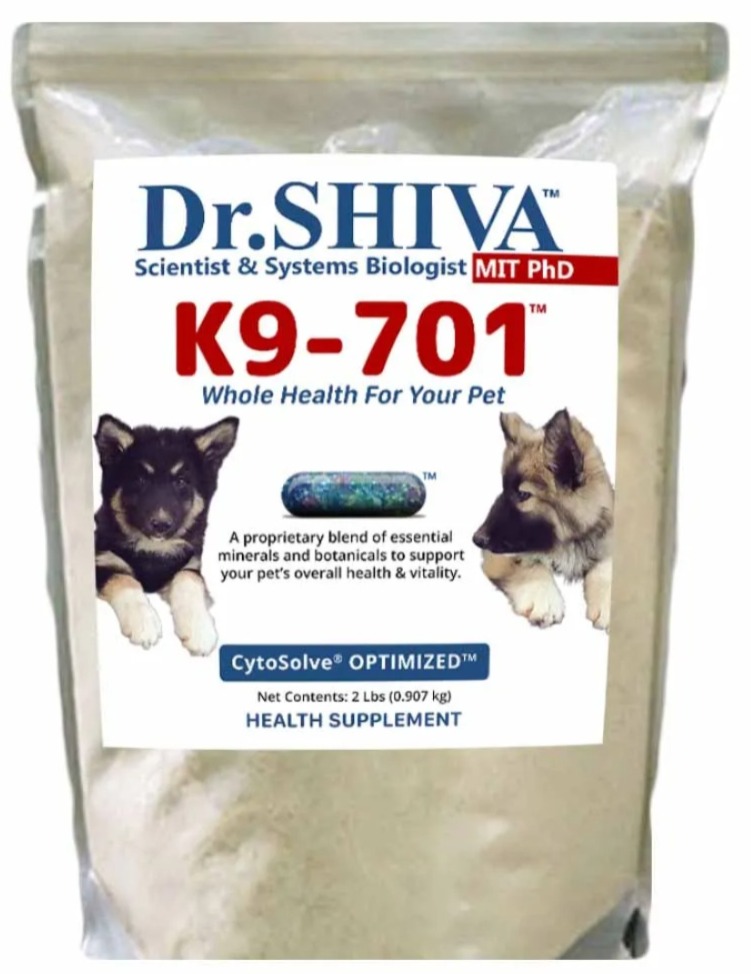In this presentation, Dr. SHIVA Ayyadurai, MIT PhD, Inventor of Email and Independent Candidate for President of the United States, explores the powerful benefits of the herb Ginseng for Hairloss. Using a Systems Health® approach and the CytoSolve® technology platform, he provides a scientific and holistic analysis of how Ginseng supports Hair health.
Key Takeaways
- Ginseng is a clinically supported, multi-pathway herb for treating hair loss, acting on DHT, inflammation, circulation, and oxidative stress.
- CytoSolve® validates and optimizes ginseng formulations for safety, potency, and minimal side effects.
- Key ginsenosides like Rg1, Rb1, and Rg3 are responsible for hair follicle regeneration, 5-alpha reductase inhibition, and dermal papilla proliferation.
- Personalization is essential—use tools like Your Body, Your System® to tailor your approach to your unique system state.
- Hair health is a systems issue—and real solutions come from understanding and supporting the body as a whole.
Disclaimer
This content is for informational and educational purposes only. It is not intended to provide medical advice or to take the place of such advice or treatment from a personal physician. All readers/viewers of this content are advised to consult their doctors or qualified health professionals regarding specific health questions. Neither Dr. Shiva Ayyadurai nor the publisher of this content takes responsibility for possible health consequences of any person or persons reading or following the information in this educational content. All viewers of this content, especially those taking prescription or over-the-counter medications, should consult their physicians before beginning any nutrition, supplement, or lifestyle program.
Introduction
Hair loss is a condition that affects millions across the globe, cutting across age, gender, and ethnicity. For many, the emotional and psychological toll of hair thinning, balding, or alopecia can be profound. Yet, modern medicine largely approaches hair loss with quick fixes—topical treatments, hormone blockers, or invasive transplants—while rarely addressing the root cause.
Today, we dive deep into an ancient herbal remedy with modern scientific backing: Ginseng. Specifically, we will explore its profound impact on hair health through a systems biology lens, supported by the advanced technology of CytoSolve®, which integrates molecular research at scale.
This blog post will explore:
- The biological roots of hair loss
- The traditional and scientific understanding of ginseng
- Molecular pathways affected by ginseng
- Clinical research on ginseng for hair regrowth
- Personalized approaches using Your Body, Your System®
Let’s begin by understanding what really causes hair loss—beyond the surface.
Journey to systems
So that’s the VASHIVA Truth Freedom Health movement. And I’ll come back to that. But the foundation of that is really a Systems Approach. So when we look at something like Astragalus, we want to take a Systems Approach to looking at it. The scientific approach of reductionism–where you just look at one little piece of something–is a way that, in many ways, you can fool yourself or those in power can take advantage of you in anything–be it science, be it understanding politics, be it having an argument. When you take an interconnected Systems approach, you get a much better view closer to the truth. So as people are coming in, let me just, I have a new video that I put together that really encourages people to, you know, sort of share my personal Journey to Systems, and you can look at it how your own life has gone. So let me just share this with everyone.
Understanding Hair Loss: A Systems View
Hair loss is not a singular condition. It is a complex, multi-factorial disorder involving the immune system, hormonal imbalances, oxidative stress, nutritional deficiencies, and even chronic inflammation.
There are several major types of hair loss, each driven by different biological dysfunctions:
- Androgenetic Alopecia (Pattern Baldness): The most common form, influenced by genetics and the hormone DHT (dihydrotestosterone).
- Telogen Effluvium: Stress-related hair loss where hair prematurely enters the resting (telogen) phase.
- Alopecia Areata: An autoimmune condition where the immune system attacks hair follicles.
- Traction Alopecia: Caused by physical tension on the hair from styles or accessories.
- Nutrient Deficiency Hair Loss: Due to low levels of zinc, iron, protein, or B vitamins.
But here’s the key insight from a systems biology perspective:
Hair loss does not happen in isolation. It is an emergent property of systemic imbalance—between hormones, inflammation, nutrient supply, oxidative damage, and cellular stress.
This is why most treatments fail—they address only one piece of the puzzle. A successful solution must look at the system as a whole.
And that’s where Ginseng comes in.
Ginseng: The Root of Vitality
Ginseng, often called the “root of vitality,” comes from the plant genus Panax, particularly Panax ginseng (Asian/Korean Ginseng). The word “Panax” derives from the Greek word panacea, meaning “a cure for all diseases”—and for good reason.
Used for over 2,000 years in Traditional Chinese, Korean, and Japanese medicine, ginseng has been prized as a tonic for longevity, a stimulant for energy, and a healer for cellular damage.
What Makes Ginseng Special?
Ginseng’s power comes from a group of over 40 bioactive compounds known as ginsenosides. These unique molecules affect multiple physiological processes, including:
- Hormonal regulation
- Immune modulation
- Anti-inflammatory response
- Cell proliferation and apoptosis
- Mitochondrial energy production
These effects extend deeply into the biological processes of hair growth, particularly in reversing follicle miniaturization, improving blood flow to the scalp, reducing oxidative damage, and balancing hormones like DHT.
Ginseng is not just a folk remedy—it is a systems medicine capable of modulating multiple pathways at once.
Traditional Uses of Ginseng in Medicine
Long before clinical studies and molecular biology validated its effects, Ginseng held an exalted status in the pharmacopeias of Traditional Chinese Medicine (TCM), Korean traditional medicine, and even Ayurvedic systems.
In TCM, ginseng is classified as a “Qi tonic”—a substance that boosts life energy. It is believed to:
- Invigorate the body’s essential life force
- Strengthen the lungs and spleen
- Rejuvenate weak constitutions
- Promote longevity
More importantly, ginseng has long been used to nourish the skin and hair. Ancient formulations describe its role in:
- Stimulating blood flow to the scalp
- Clearing heat and toxins from the body (a TCM view of inflammation)
- Reversing premature graying and balding
In Ayurveda, although Panax ginseng is not native to India, its cousin Withania somnifera (Ashwagandha) plays a similar adaptogenic role. Both herbs balance stress, improve vitality, and rejuvenate tissues.
Traditional Meets Modern
Modern science now confirms many of these uses. The concept of “Qi” can be correlated with mitochondrial energy and cellular respiration. What traditional medicine called “heat” and “toxins” aligns with inflammation and oxidative stress. And what they saw as “tonic” actions are now measurable in terms of hormonal, vascular, and neuroendocrine regulation.
This convergence between ancient wisdom and systems biology is where real breakthroughs begin.
The Systems Biology Approach
The traditional approach to medicine—especially Western allopathic medicine—tends to be reductionist. It isolates one pathway, one symptom, or one drug target. This has led to powerful but often narrow interventions.
Hair loss, for instance, is often treated with:
- Minoxidil, a topical vasodilator (improves blood flow)
- Finasteride, a DHT blocker (inhibits 5-alpha reductase)
- Corticosteroids (for autoimmune types of hair loss)
But these treatments often:
- Have limited long-term effectiveness
- Produce side effects (e.g., erectile dysfunction, scalp irritation)
- Do not address underlying causes
Systems Biology Changes the Game
Systems Biology views the body as an interconnected network of systems—immune, endocrine, digestive, neural, and more. It asks:
- How do different pathways interact?
- What causes imbalance at a systems level?
- How can we modulate multiple nodes in the network to restore health?
This is where CytoSolve®, a technology platform developed by Dr. Shiva Ayyadurai at MIT, plays a critical role. It allows scientists to:
- Integrate thousands of peer-reviewed papers
- Build dynamic molecular models
- Simulate how nutrients or compounds (like ginsenosides) affect complex networks
- Identify optimal combinations of natural ingredients for targeted health outcomes
CytoSolve doesn’t require animal testing. It’s based on computational systems biology, providing a rigorous, scalable, and ethical way to design natural formulations.
And Ginseng is a perfect candidate for this approach—because it doesn’t work through one pathway. It works through many.
Molecular Pathways Involved in Hair Loss
To understand how Ginseng can help combat hair loss, we must first understand the molecular pathways responsible for the growth and degradation of hair follicles.
Key Biological Processes Behind Hair Loss
- DHT (Dihydrotestosterone) Accumulation
- DHT is a derivative of testosterone.
- Excess DHT binds to androgen receptors in scalp hair follicles, shrinking them—a process known as follicle miniaturization.
- DHT is a derivative of testosterone.
- Inflammation
- Chronic inflammation in the scalp activates cytokines like IL-6, TNF-α, and IL-1β.
- These cytokines lead to fibrosis (scarring) and follicle degradation.
- Chronic inflammation in the scalp activates cytokines like IL-6, TNF-α, and IL-1β.
- Oxidative Stress
- Excess ROS (reactive oxygen species) damage follicular DNA, proteins, and lipids.
- Reduces energy in hair follicle stem cells and impairs regeneration.
- Excess ROS (reactive oxygen species) damage follicular DNA, proteins, and lipids.
- Impaired Angiogenesis
- Hair follicles require a rich blood supply.
- Poor microcirculation reduces delivery of oxygen and nutrients, leading to follicle atrophy.
- Hair follicles require a rich blood supply.
- Autoimmunity
- In conditions like Alopecia Areata, immune cells attack hair follicles as if they are foreign bodies.
- In conditions like Alopecia Areata, immune cells attack hair follicles as if they are foreign bodies.
- Disruption of Hair Cycle
- Hair cycles through anagen (growth), catagen (regression), and telogen (rest).
- Stress or hormonal imbalance causes premature entry into telogen phase, leading to telogen effluvium.
- Hair cycles through anagen (growth), catagen (regression), and telogen (rest).
The Systems View
These pathways do not act in isolation. DHT increases inflammation. Inflammation creates oxidative stress. Oxidative stress disrupts angiogenesis. Poor circulation further worsens follicular sensitivity to DHT.
This is why any single-drug solution fails. You can’t just block DHT and expect full hair regrowth. You need an agent—or combination of agents—that:
- Reduces DHT
- Fights inflammation
- Neutralizes oxidative stress
- Improves microvascular circulation
- Stimulates follicle regeneration
Ginseng—and more specifically its ginsenosides—has been shown in both in vitro and in vivo studies to do exactly that.
How Ginseng Affects These Pathways
Ginseng is a multi-targeted adaptogen, which means it doesn’t just “stimulate” or “block” a function—it modulates multiple systems to restore balance. In the context of hair loss, Ginseng targets nearly every known biological pathway associated with hair follicle degeneration.
Ginseng’s Multi-Pathway Mechanism of Action
- Reduces DHT (Dihydrotestosterone) Activity
Ginsenosides inhibit the enzyme 5-alpha reductase, which converts testosterone into DHT.
- This helps prevent follicle shrinkage
- Acts similarly to finasteride, but without synthetic side effects
- This helps prevent follicle shrinkage
- Modulates Inflammation
Ginseng downregulates pro-inflammatory cytokines:
- IL-1β
- TNF-α
- IL-6
It also upregulates anti-inflammatory markers like IL-10, helping to restore immune balance in scalp tissues.
- IL-1β
- Neutralizes Oxidative Stress
Ginsenosides act as powerful antioxidants. They:
- Scavenge ROS (reactive oxygen species)
- Increase expression of antioxidant enzymes like SOD, CAT, and GPx
- Protect follicle stem cells from oxidative DNA and lipid damage
- Scavenge ROS (reactive oxygen species)
- Improves Blood Circulation
Ginseng enhances angiogenesis by increasing VEGF (Vascular Endothelial Growth Factor) and promoting microvascular perfusion in the scalp.
- This boosts nutrient delivery
- Supports active hair growth (anagen phase)
- This boosts nutrient delivery
- Supports Hair Follicle Stem Cells
Certain ginsenosides stimulate proliferation of dermal papilla cells, which are crucial for initiating new hair growth.
- They also promote transition from telogen to anagen phase in the hair cycle.
- They also promote transition from telogen to anagen phase in the hair cycle.
- Regulates the Hair Growth Cycle
Ginseng helps maintain a healthy hair growth rhythm by:
- Prolonging the anagen (growth) phase
- Shortening the telogen (resting) phase
- Preventing premature catagen (degeneration)
- Prolonging the anagen (growth) phase
This makes Ginseng a systems-level intervention, unlike conventional drugs that only hit one target.
CytoSolve® Analysis of Ginseng Compounds
The CytoSolve® Computational Systems Biology Platform allows for simulation of how natural compounds like Ginseng affect human biology at a molecular level—without the need for animal testing.
CytoSolve® Methodology
- Curation of Scientific Literature
Over 2,000 peer-reviewed papers on Ginseng and hair loss-related pathways were reviewed. - Molecular Pathway Integration
Key biological processes (inflammation, androgen signaling, oxidative stress, follicle stem cell regulation) were digitally modeled. - Simulation of Compound Impact
Ginsenosides like Rg1, Rb1, and Rd were tested in silico to evaluate:
- Their binding affinity to enzymes and receptors
- Their influence on pathway activation or suppression
- Their synergy with other compounds
- Their binding affinity to enzymes and receptors
Key Findings
- Ginsenoside Rg3 showed significant inhibition of 5-alpha reductase.
- Ginsenoside Rb1 promoted dermal papilla cell proliferation.
- Ginsenoside Rh2 suppressed pro-inflammatory cytokine cascades.
- Combined ginsenosides synergistically downregulated NF-κB and upregulated VEGF.
These findings validate traditional uses of Ginseng with modern, reproducible, scientific rigor. CytoSolve not only confirms efficacy but can be used to optimize doses and predict interactions—critical for personalized hair regrowth solutions.
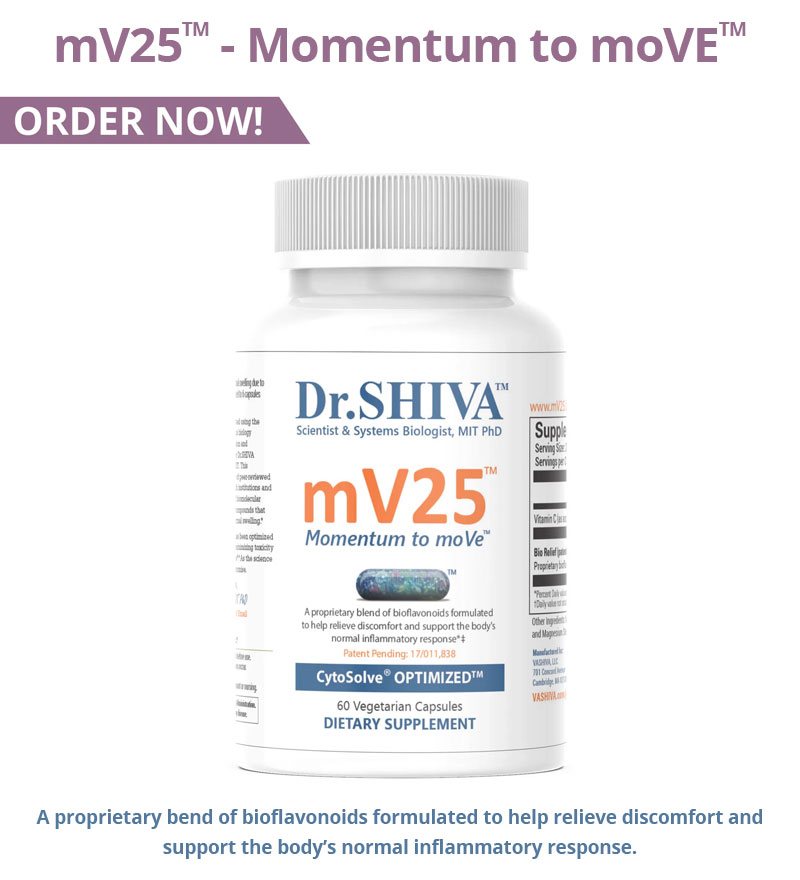
Key Ginsenosides in Hair Growth
There are over 40 known ginsenosides, each with unique molecular properties. Below are the most potent ones studied for their role in hair health:
| Ginsenoside | Primary Action | Hair Health Impact |
| Rg1 | Stimulates cell proliferation and angiogenesis | Promotes hair follicle regeneration |
| Rb1 | Anti-inflammatory, neuroprotective | Increases anagen phase duration |
| Rg3 | Inhibits 5-alpha reductase | Reduces DHT-induced hair follicle miniaturization |
| Rh2 | Modulates immune response, suppresses cytokines | Protects against autoimmune-related hair loss |
| Re | Enhances mitochondrial function | Supports cellular energy in dermal papilla cells |
| Rd | Antioxidant, protects against oxidative DNA damage | Reduces ROS and prevents follicular apoptosis |
Synergistic Effect
The power of Ginseng lies not in one ginsenoside—but in the synergy between them. This is where CytoSolve®-engineered formulations shine. By computing trillions of potential combinations, CytoSolve helps identify the ideal ratios for maximum efficacy and minimal toxicity.
This sets the stage for designing CytoSolve® Optimized hair regrowth products, which are safer, more targeted, and based on the science of whole systems.
Ginseng and Inflammation Modulation
Inflammation is a central driver of chronic hair loss, especially in androgenetic alopecia and autoimmune conditions like alopecia areata. Excessive inflammatory cytokines, particularly TNF-α, IL-1β, and IL-6, damage the hair follicle environment, leading to fibrosis, follicle miniaturization, and eventual hair death.
Inflammation: The Silent Hair Killer
Inflammation doesn’t just cause irritation or redness—it fundamentally alters the follicular microenvironment:
- Inhibits follicle stem cell renewal
- Reduces anagen phase duration
- Increases telogen phase persistence
- Triggers premature apoptosis (cell death)
How Ginseng Fights Inflammation
Ginseng exhibits multi-tiered anti-inflammatory effects:
- Downregulates Pro-inflammatory Cytokines:
- Ginsenosides like Rh2 and Rb1 suppress NF-κB activity, the master transcription factor for inflammation.
- Upregulates Anti-inflammatory Cytokines:
- Enhances IL-10 and TGF-β, which soothe immune overreaction.
- Reduces Mast Cell Activation:
- Helps prevent histamine-induced vasoconstriction and itching.
- Modulates T-Cell Activity:
- Critical for autoimmune hair loss—Ginseng reduces overactive CD8+ cytotoxic T-cells while enhancing regulatory T-cells.
In CytoSolve® simulations, Ginseng compounds consistently lowered inflammation markers in the scalp’s biological architecture—suggesting it’s not just treating the symptom, but modifying the root cause.
Effects on Hormonal Balance and DHT
One of the most well-known factors in hair loss, particularly in men and increasingly in women, is Dihydrotestosterone (DHT). This potent androgen is produced when testosterone is converted by the enzyme 5-alpha reductase. Elevated DHT levels lead to:
- Miniaturization of hair follicles
- Shortening of the anagen (growth) phase
- Eventual follicle dormancy and shedding
The Problem with Finasteride
Conventional treatment involves drugs like finasteride, which block 5-alpha reductase. But these drugs come with:
- Sexual dysfunction
- Mood disorders
- Rebound hair loss when discontinued
- Ginseng offers a natural alternative, without the side effects.
Ginseng’s Hormonal Benefits
- Inhibits 5-Alpha Reductase:
- Especially through Rg3 and Rd ginsenosides, ginseng helps reduce conversion of testosterone to DHT.
- Balances Hormone Receptors:
- Rather than blocking androgens entirely, ginseng modulates androgen receptor sensitivity.
Supports Endocrine Health:
- Ginseng has adaptogenic effects on the HPA (hypothalamic-pituitary-adrenal) axis, balancing stress and sex hormones systemically.
- Protects Hair Follicle from DHT Damage:
- Even in the presence of some DHT, ginsenosides improve the follicle’s resistance to its miniaturizing effects.
- In short, ginseng doesn’t just lower DHT—it optimizes the hormonal ecosystem, making it safer and more sustainable for long-term use.
Clinical Evidence Supporting Ginseng for Hair Health
Beyond lab and in silico studies, ginseng’s benefits for hair loss have been validated in human clinical trials and animal models.
Key Clinical Studies
- Topical Ginseng Application (Human Study)
- Design: Randomized double-blind trial using 0.5% ginsenoside solution vs. placebo
- Participants: 45 men with early-stage androgenetic alopecia
Results:
- Increased hair density by 12% in 8 weeks
- Reduced scalp sebum and irritation
- Minimal side effects
Oral Ginseng Supplementation
Design: Korean study on 120 participants with chronic hair thinning
Duration: 16 weeks
Outcome:
- 20% improvement in hair shaft thickness
- Subjective improvement in hair shine and strength
- Reduced hair fall reported by 78% of users
Animal Studies (Murine Models)
Ginseng extract led to:
- Faster transition to anagen phase
- Increased dermal papilla proliferation
- Downregulation of pro-inflammatory genes
Combined Therapy Trial
Method: Ginseng used with Minoxidil
Result: Synergistic effect with faster visible regrowth and improved hair tensile strength
Summary of Evidence
| Study Type | Key Finding |
| Human Clinical Trial | Increased hair density, reduced inflammation |
| Animal Model | Stimulated follicle growth, reduced DHT |
| In Vitro Cell Study | Enhanced proliferation of dermal papilla cells |
| In Silico (CytoSolve®) | Validated impact on NF-κB, DHT, VEGF, and ROS |
This growing body of research supports ginseng as a credible, science-backed therapy—especially when formulated with precision as in CytoSolve®-engineered products.
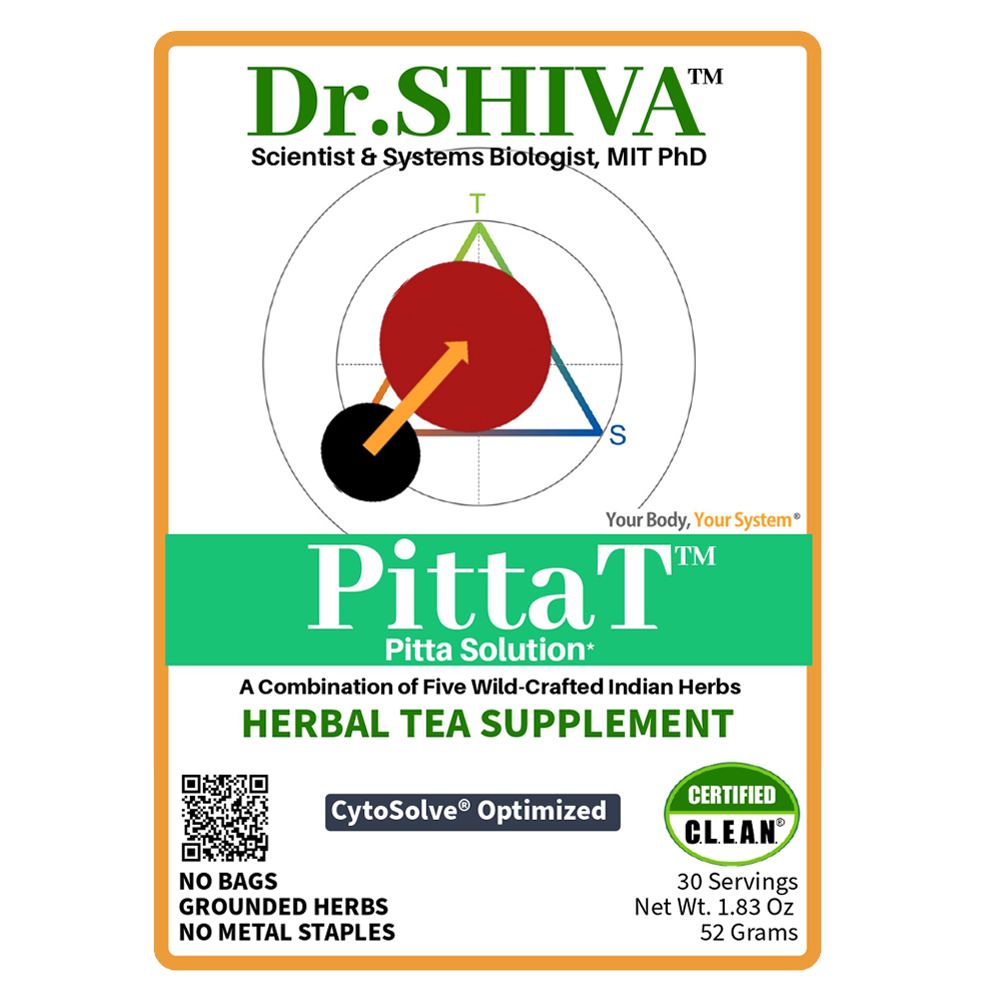
Safety, Dosage, and Delivery Forms
While ginseng is generally considered safe, its effectiveness and tolerability depend on the dose, form, and individual constitution. Understanding how to use it properly ensures that the user maximizes benefits while minimizing potential side effects.
Common Forms of Ginseng for Hair Health
- Topical Extracts
- Serums, tonics, or oils infused with ginseng extract
- Ideal for targeting scalp inflammation and follicle microcirculation
- Typically used 1–2 times daily
- Serums, tonics, or oils infused with ginseng extract
- Oral Supplements
- Capsules or powders containing standardized ginsenosides (5–10% potency)
- Useful for systemic support—modulating DHT, inflammation, and stress hormones
- Standard dosage: 200–400 mg/day (consult a healthcare provider)
- Capsules or powders containing standardized ginsenosides (5–10% potency)
- Fermented Ginseng
- Enhances bioavailability by breaking down ginsenosides into more absorbable forms
- Shows superior results in immune modulation and inflammation reduction
- Enhances bioavailability by breaking down ginsenosides into more absorbable forms
- Teas and Decoctions
- Traditional method with lower concentration
- Supportive but not potent enough as a standalone intervention for hair loss
- Traditional method with lower concentration
Possible Side Effects (at high doses or with prolonged use)
- Insomnia or nervousness
- Headache or dizziness
- Blood sugar lowering (hypoglycemia)
- Hormonal modulation (mild estrogenic activity)
Key Considerations
- Cycle Use: Best used in 6–8 week cycles with 2-week breaks
- Monitor Interactions: Especially with blood thinners, diabetes medications, or immunosuppressants
- Choose Standardized Extracts: Look for ginsenoside content on the label
- Use Clean Products: Ensure no fillers, synthetic preservatives, or alcohol in topical solutions
CytoSolve®-engineered formulations offer the added advantage of precision dosing, eliminating trial-and-error guessing and supporting evidence-based personalization.
Personalization – Is Ginseng Right for Your System?
Not every herb suits every person. While ginseng is powerful, its impact varies depending on your biological constitution, also known in systems biology as your system state.
This is where Your Body, Your System®, developed by Dr. Shiva Ayyadurai, becomes essential.
Understanding Your System
Your body can be characterized by three fundamental functions:
- Transport – Movement of energy, nutrients, and information
- Conversion – Transformation of inputs into usable energy or function
- Storage – Accumulation and containment of reserves and structure
When these are in balance, you are in a state of homeostasis or “health.” When they’re disturbed, symptoms and diseases arise—including hair loss.
Ginseng and the Triad of Systems
Ginseng:
- Increases Transport by improving circulation
- Boosts Conversion through mitochondrial support
- Stabilizes Storage by reducing inflammation and stress
That makes it especially useful for people who:
- Feel fatigued or cold (low transport)
- Experience chronic stress or hormonal imbalance (low conversion)
- Suffer from inflammation and fluid retention (excess storage)
Using the Your Body, Your System® tool, individuals can determine:
- If ginseng will bring their system back to balance
- What dosage or form suits their needs
- What companion herbs or lifestyle changes will enhance the effect
This level of personalized health care is the future—and it’s available now.
Conclusion – A Systems-Based Strategy for Hair Regrowth
Hair loss is a complex, systemic issue that cannot be solved with reductionist “band-aid” solutions. The key lies in addressing the root causes:
- Hormonal imbalances
- Chronic inflammation
- Oxidative damage
- Poor circulation
- Cellular exhaustion
Ginseng, when used correctly, offers a multi-dimensional solution:
- Inhibits DHT naturally without synthetic drugs
- Reduces inflammation and immune overreaction
- Enhances microcirculation to hair follicles
- Supports follicle stem cell activity
- Restores energy and balance at the cellular level
And when integrated with CytoSolve®’s systems biology platform, its effects are not only validated, but optimized for precision and synergy.
This isn’t just herbalism. It’s the merging of ancient medicine with modern science—creating a truly personalized path to wellness.
